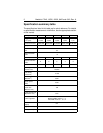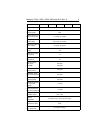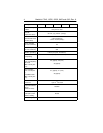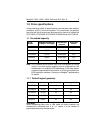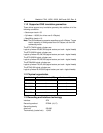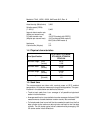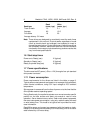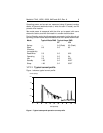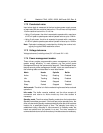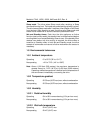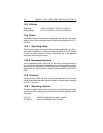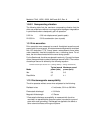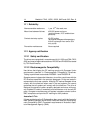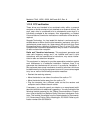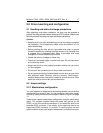
10 Medalist 17242, 13032, 10232, 8422 and 4312, Rev. A
1.7.2 Conducted noise
Input noise ripple is measured at the host system power supply across
an equivalent 80-ohm resistive load on the +12 volt line or an equivalent
15-ohm resistive load on the +5 volt line.
•
Using 12-volt power, the drive is expected to operate with a maximum
of 120 mV peak-to-peak square-wave injected noise at up to 10 MHz.
•
Using 5-volt power, the drive is expected to operate with a maximum
of 100 mV peak-to-peak square-wave injected noise at up to 10 MHz.
Note.
Equivalent resistance is calculated by dividing the nominal volt-
age by the typical RMS read/write current.
1.7.3 Voltage tolerance
Voltage tolerance (including noise): 5V ± 5% and 12V ± 10%
1.7.4 Power-management modes
These drives provide programmable power management to provide
greater energy efficiency. In most systems, you can control power
management through the system setup program. These Seagate drives
feature several power-management modes, which are summarized in
the following table and described in more detail below:
Active mode
. The drive is in Active mode during the read/write and seek
operations.
Idle mode
. The buffer remains enabled, and the drive accepts all
commands and returns to Active mode any time disc access is
necessary.
Standby mode
. The drive enters Standby mode when the host sends a
Standby Immediate command. If the host has set the standby timer, the
drive can also enter Standby mode automatically after the drive has been
inactive for a specifiable length of time. The standby timer delay is
established using a Standby or Idle command. In Standby mode, the
heads are parked and the spindle is at rest. The drive accepts all
commands and returns to Active mode any time disc access is necessary.
Mode Heads Spindle Buffer
Active Tracking Rotating Enabled
Idle Tracking Rotating Enabled
Standby Parked Stopped Enabled
Sleep Parked Stopped Disabled



